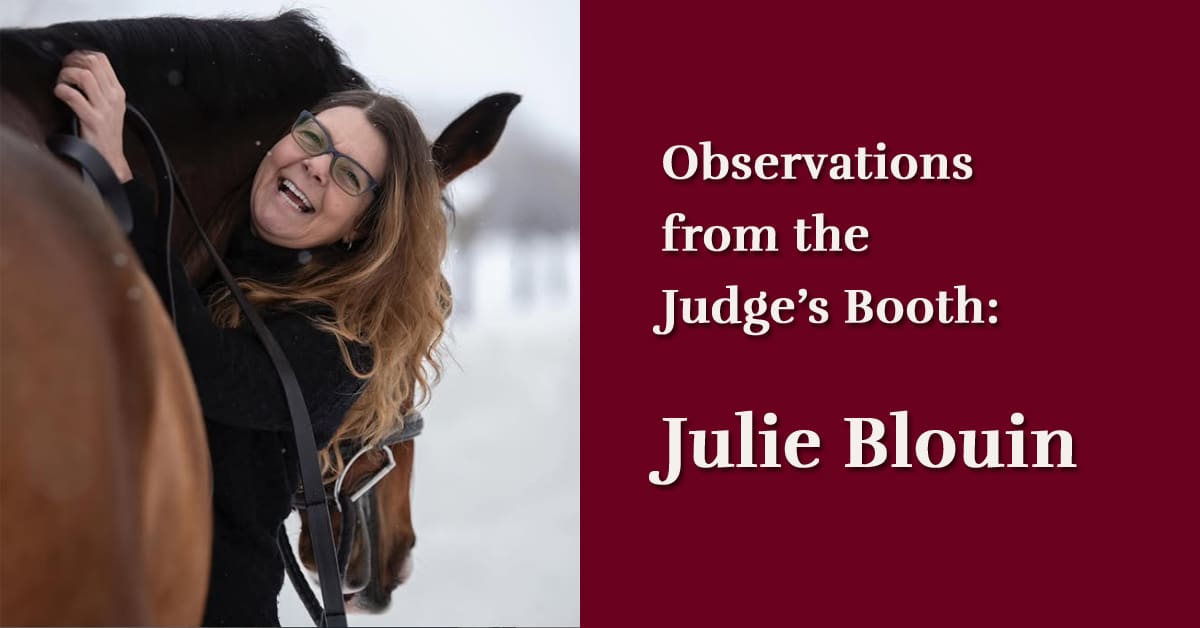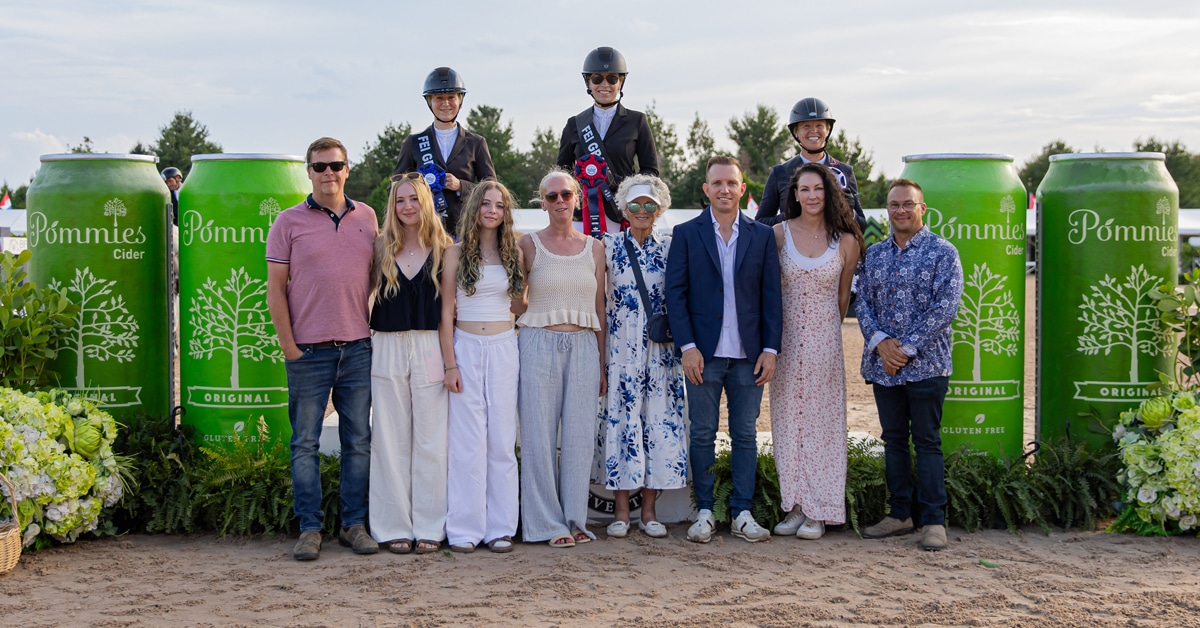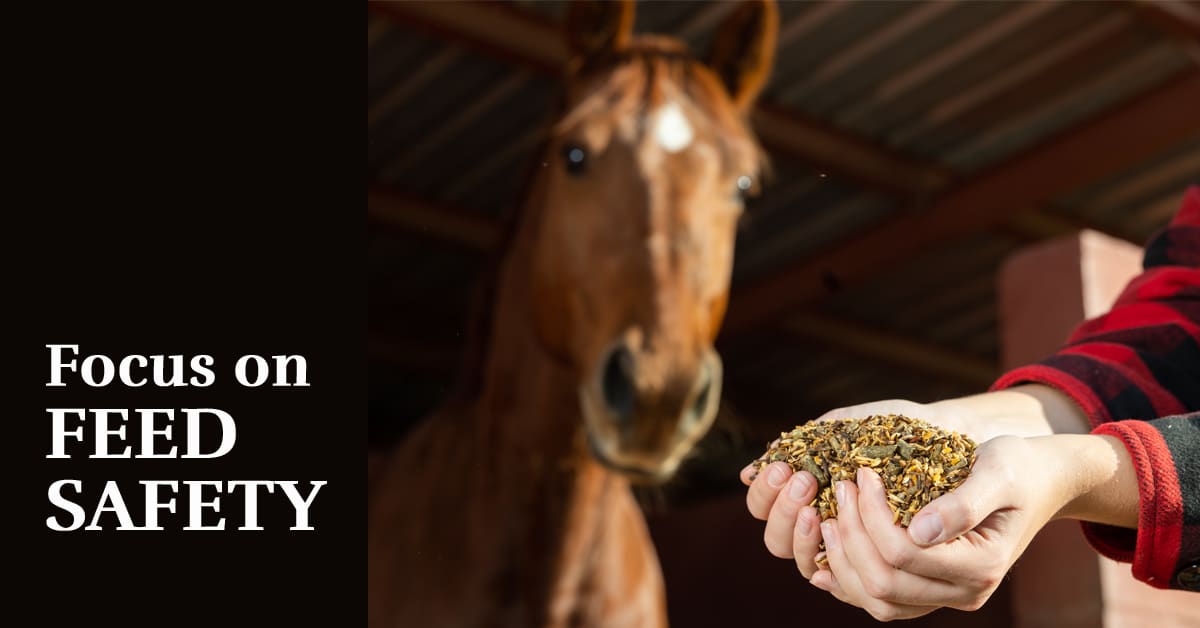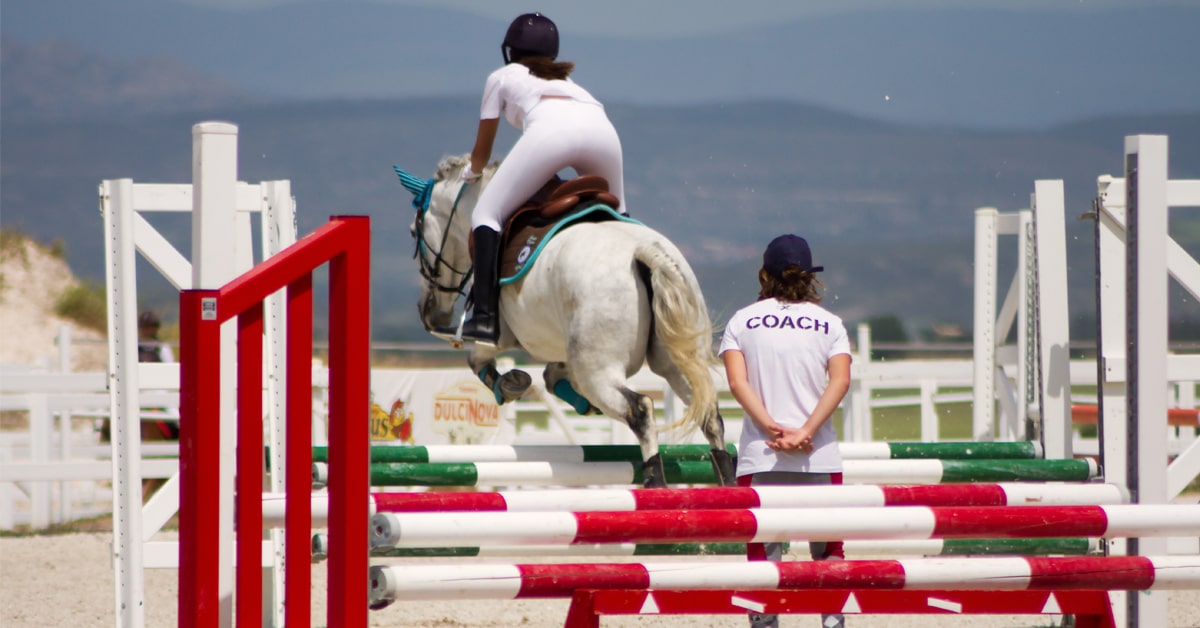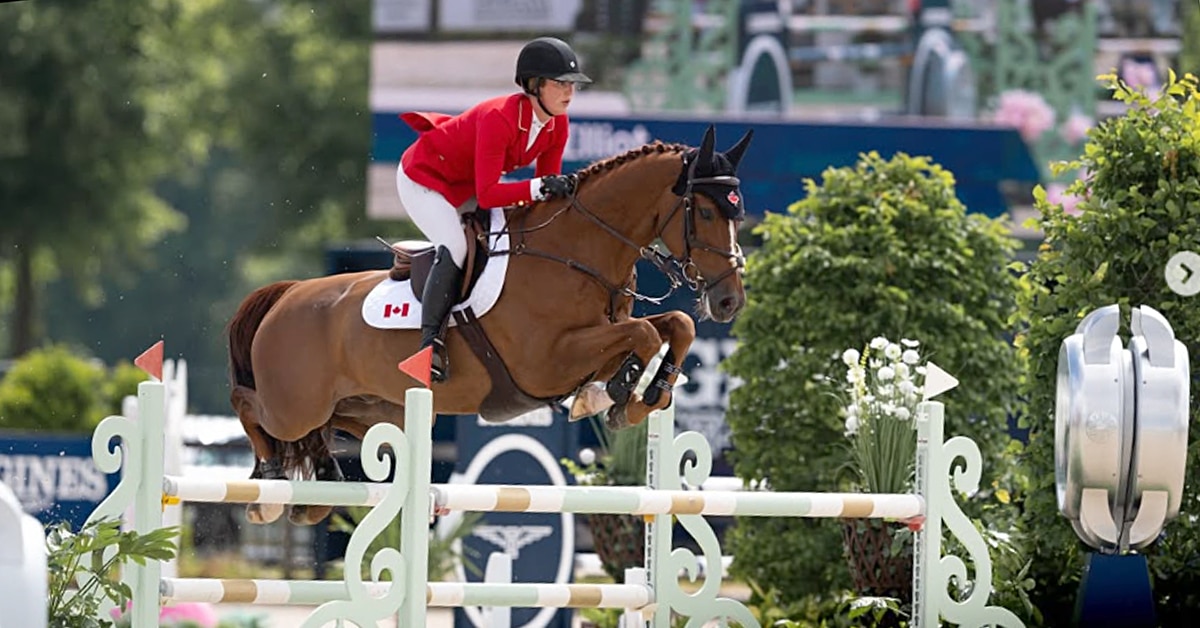Memorizing courses is the Achilles’ heel of many riders – a problem that is often exacerbated at horse shows by a case of nerves.
“Getting comfortable with memorizing courses definitely comes with experience. I think most of us start in the hunter ring, which gives you quite a logical pattern to follow and is a good way to learn how to memorize courses. In the hunter ring, really, after you know the first jump there’s usually only one option of where to go, unless you want to jump an oxer backwards!
When you progress through the levels and into the jumper ring the courses become a bit more intricate. To give yourself the best chance at memorizing the course, be sure to allow plenty of time to walk and watch. Often on a course walk you see people bringing out pieces of paper or notebooks to refer back to the course diagram, or to take notes. Now, of course, we can just take pictures of the course with our cell phones.
As we’re walking, I like to use specific language to help riders learn the course. You try to identify fences in a way that riders will retain the information and refer back to it easily. We will say things like, “blue oxer, steady red combination, the wall jump, fence three long gallop to the red oxer,” things like that. The thing that helps kids as well is to talk about the course in phases. We will group three or four jumps together so that riders can execute the plan and then move onto the next phase. It gives a place to catch your breath and if one phase didn’t go well, a chance to compose yourself and hit reset before moving onto the next phase of the course.
The perspective changes once you’re on the horse, and things tend to look a bit different in the saddle than they may have on the ground. When we walk the course, especially if it’s an important class or if you have trouble memorizing, I physically walk the track so that instead of pointing, you walk exactly where you should go between jump three and four, for example. That seems to help riders quite a bit, and gives me the opportunity to clarify my instructions regarding track when I see how they were initially interpreted by the riders.
Watching the course being ridden is a great way to go over the plan. You need to watch and you may need to adjust, but ultimately you need to know the horse and what works for you. I also think it’s important for kids to learn how to go first in the order.
In the equitation, when riders may be asked to work off, they need to commit the order of the fences to memory to be able to correctly follow the announcer’s instructions.
If there is a chronic problem with forgetting courses, we figure out what the student is missing. If it’s nerves, we sort that out and give them more time. It’s quite common, but you have to address why it’s happening and then find the solution.
Rich Fellers went off-course at his first World Cup Finals; it happens to the best of them, at the worst of times.”
The Latest

